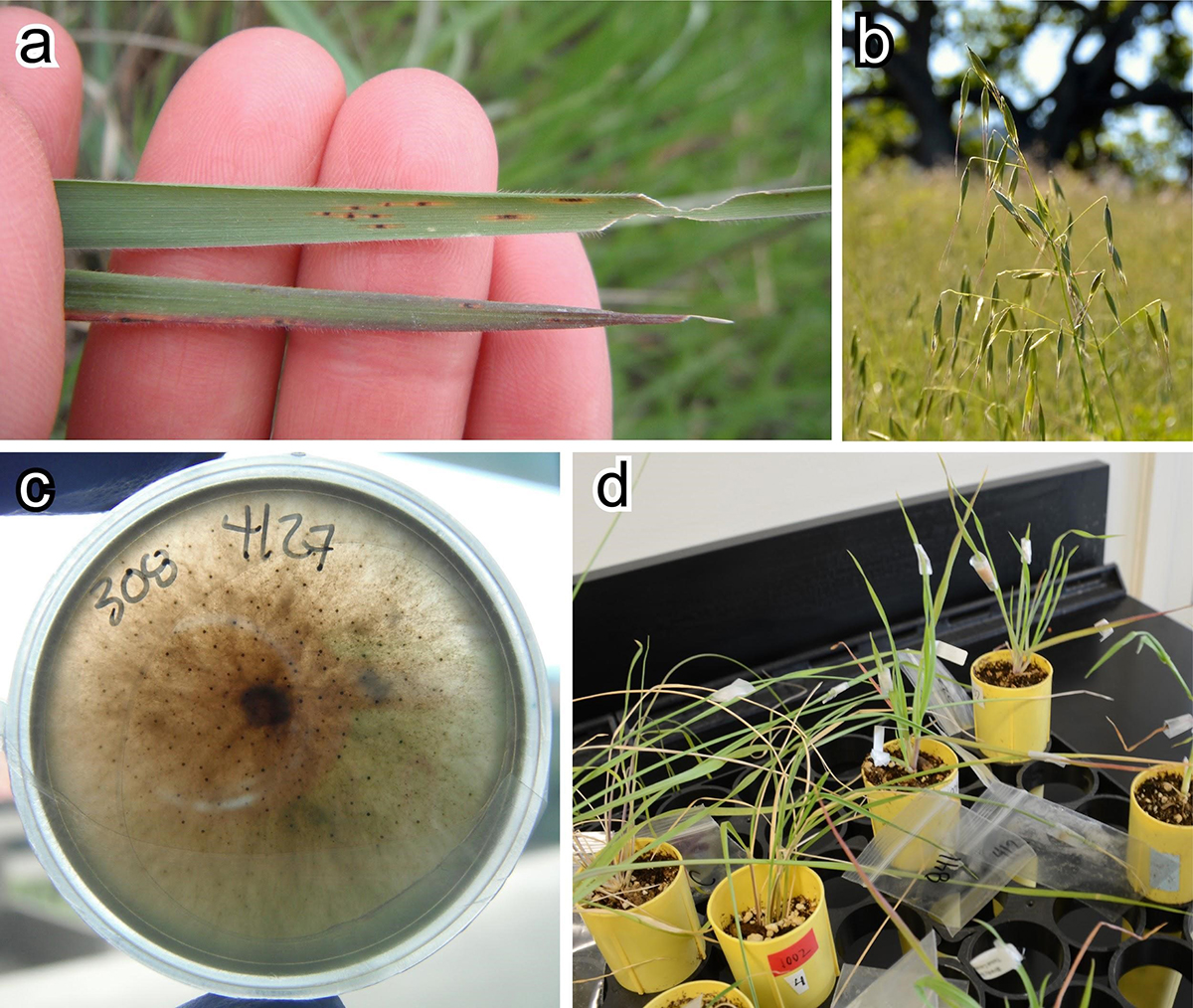Foliar fungal pathogens are unlikely to promote grassland diversity

Pathogens are ubiquitous. If pathogens increase with preferred host(s), they may suppress common species and benefit rare species, promoting species diversity. Despite their proposed importance, the impacts, identities, and host ranges of pathogens in natural communities are relatively unknown. In a new publication in Ecology, postdoctoral fellow Erin Spear (now a faculty member at Regis University) and Stanford assistant professor Erin Mordecai identified foliar fungal pathogens and evaluated host specificity and fitness impacts in grasslands at Jasper Ridge. Contrary to prevailing hypotheses, most pathogens were relatively unspecialized, caused damage that was independent of host relative abundance, and had weak fitness impacts. Together, these findings suggest that foliar fungal pathogens are unlikely to promote negative frequency-dependence or plant species coexistence in this California grassland. A preprint of the publication is available here.

For pathogens to cause negative frequency-dependence and promote diversity, they must disproportionately damage relatively common host species and reduce host population growth. The former may occur because individual pathogen species are relatively host specialized or exhibit host preference; or because communities of multi-host pathogen species are differentially structured by plant species. To explore the putative role of pathogens in negative frequency-dependence, Spear and Mordecai: (a) quantified pathogen-caused damage and (b) measured seed output in relation to plant species relative abundance; and described the fungal pathogens and their host specialization by (c) isolating fungi from diseased leaf tissue and (d) by conducting inoculation experiments to verify pathogenicity. Photo credits: Erin Spear (a, c), Reuben Brandt (b), Erin Mordecai (d).



